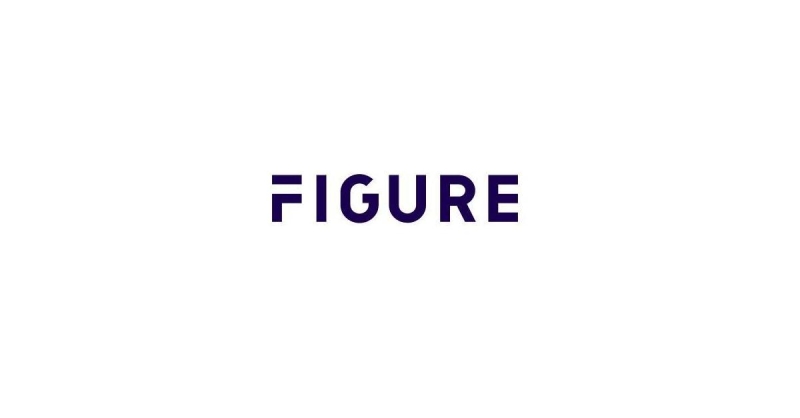Advertisement
Reps. Frank, Waters, Watt and Miller call for forbearance by the mortgage industry
New York Gov. Paterson signs comprehensive reforms to address foreclosure crisisMortgagePress.comGov. David Paterson, foreclosures, New York State, subprime loans,
New York Gov. David A. Paterson has signed into law a critical
sub-prime lending reform bill which directly addresses the mortgage
crisis in New York State. The Governor signed the bill in Queens,
one of the areas in New York that has been hit hardest by the
foreclosure crisis. The new law will immediately help protect
people from losing their homes and mandates reforms to help avoid a
similar crisis in the future. The bill also takes into
consideration the importance of striking the right balance between
consumer protection and the availability of affordable credit.
This bill, a Governor's Program Bill (S 8143-A/A 10817-A) passed
by the state Legislature in June, works in two ways: To immediately
help in preventing New Yorkers from losing their homes by assisting
those who are currently facing foreclosure, and by attacking flaws
in New Yorks banking regulations to prevent such a crisis from
happening again. It also served as a model for recent federal
action as well.
"We have still seen thousands of our families lose their homes,
and no state has been hit harder by the broader effects of the
lending crisis. Wall Street's woes have helped to drive New York
into recession," said Governor Paterson. "We have the
responsibility to protect New York's families who are facing
foreclosure, and we need to reform banking regulations to ensure
this does not happen again. This law does both, and spurred the
federal government to do the same."
New York's Congressional Delegation pushed the issue in
Washington, and late last month, President Bush signed the Housing
and Economic Recovery Act of 2008 to help at-risk borrowers keep
their homes by refinancing their mortgages into safe and more
affordable government-insured mortgages. The measure also provides
funds for New York State and its localities to purchase and
renovate foreclosed properties in our most impacted areas. This
initiative will help New York stabilize at-risk communities
endangered by abandoned, foreclosed homes.
Data from the New York State Banking Department shows that
approximately one in 200 New York homes is in the foreclosure
process. Some areas of New York such as Queens, Brooklyn and Long
Island, and in Upstate New York, Monroe and Albany counties are
being disproportionately impacted.
Assist people currently facing
foreclosure
The immediate focus of the bill is on existing homeowners facing
foreclosure. The bill requires lenders to send a pre-foreclosure
notice to borrowers at least 90 days before foreclosure proceedings
may be initiated. This will encourage homeowners to seek help prior
to the initiation of foreclosure proceedings. The bill would also
require lenders to list in the notice government-approved housing
counselors serving the borrower's area.
The bill establishes a mandatory settlement conference for
foreclosure proceedings involving homeowners with certain sub-prime
loans. For homeowners who cannot afford an attorney, the court,
under certain circumstances, may appoint one.
The bill requires plaintiffs in an action against a homeowner to
make an affirmative allegation that they have standing to bring the
foreclosure action and have complied with certain applicable laws.
Ownership of the mortgage and the note is sometimes uncertain,
which has lead to questionable foreclosure practices.
The bill includes provisions to address foreclosure rescue scams
intended to take advantage of borrowers when they are most
vulnerable. This bill will prohibit upfront fees and require a
written contract from so-called "distressed property
consultants."
Avoid another crisis in the future
There are additional elements in the bill that are designed to
prevent future crises:
• The bill enacts a new provision in the Banking Law to
establish strong consumer protections for sub-prime loans and
minimum underwriting standards that protect borrowers.
• Ascertaining the borrower's ability to pay is a basic
tenet of prudent lending. The bill establishes an ability to pay
standard requiring lenders to make a reasonable and good faith
determination of the borrower's ability to repay the loan,
including the principal, interest, taxes, insurance, assessments,
points and fees.
• The duty of care feature of the bill requires brokers to
act in the borrower's interest by presenting loans most appropriate
for the borrower.
• All mortgage servicers servicing loans on residential
property in New York would be required to register with the Banking
Department.
• Mortgage fraud would be classified as a crime under the
Penal Law, making it easier for prosecutors to pursue cases. As the
magnitude of the fraud increases, so would the criminal
penalty.
Senate Majority Leader Dean G. Skelos said: "This legislation
successfully balances the need to help families who are facing
foreclosure of their mortgages and the loss of their homes, with
concerns raised by the banking industry about protecting the
ability of lenders to provide mortgages to future homeowners. I
applaud my colleagues, particularly Sens. Frank Padavan and Hugh
Farley who worked tirelessly to resolve this complicated issue. I
also want to thank Governor Paterson for his leadership in this
matter, and for signing this bill into law."
Assembly Speaker Sheldon Silver said: "By signing this
legislation, Gov. Paterson and New York State take crucial action
to address the national nightmare caused by the unethical practices
of the mortgage industry. Through direct financial assistance and
counseling and legal services, our state will take the lead in
preserving our communities and providing meaningful relief to
thousands of New Yorkers struggling to keep their homes. We must
remain committed to assisting those affected by subprime lending
while preventing further abuses of homeowners."
Senate Minority Leader Malcolm Smith said: "The sub-prime
lending crisis has affected all New Yorkers in some way or another.
We, the Senate Democrats, have held forums throughout the state
pairing lenders with homeowners to help save homes. In signing this
legislation, Governor Paterson ensures that all New Yorkers will
have a second chance at saving their homes. The Governor's action
will provide immediate help by stopping foreclosures and closing
loopholes so this will never happen again."
The foreclosure numbers in New York State are indicative of a
serious situation; the second quarter of 2008 was the eighth
consecutive quarter in which foreclosure activity in New York has
increased. In the second quarter approximately 77 percent of the
total foreclosure actions in New York were concentrated in ten
counties. Queens and Brooklyn accounted for approximately 29
percent and Long Island accounted for approximately 21 percent.
Approximately 70 percent of foreclosure filings in the second
quarter were Lis Pendens, which is the legal term for the initial
filing that notifies a barrower that the foreclosure process has
been initiated. Lis Pendens often represent the number of borrowers
who are at the start of a process that takes an estimated 13 months
in New York. Counties hardest hit by Lis Pendens filings are
Queens, Brooklyn, Suffolk, Nassau, Monroe, Westchester, Staten
Island, Bronx, Dutchess and Albany.
Under Gov. Paterson's leadership New York has brought together
the diverse stakeholders and service providers that are needed to
develop lasting solutions, including bank regulators, housing
finance agencies, community and church groups, and the lending
industry. The Governors HALT Task Force to Halt Abusive Lending
Transactions is the primary umbrella for uniting the work of all
state agencies that relate to the mortgage market. In addition to
the legislation signed today, New York's response to the mortgage
crisis includes the funding and administration of grant programs
for counseling and legal services; outreach and loan modification
events that bring homeowners face to face with lenders and
servicers; refinancing and mortgage programs such as the
introduction of the forty-year fixed rate mortgage through the
State of New York Mortgage Agency; neighborhood stabilization
initiatives to return foreclosed properties to productive use; and
enforcement actions through the creation of a Mortgage Fraud Unit
within the Banking Department.
For more information, visit www.ny.gov.
About the author




